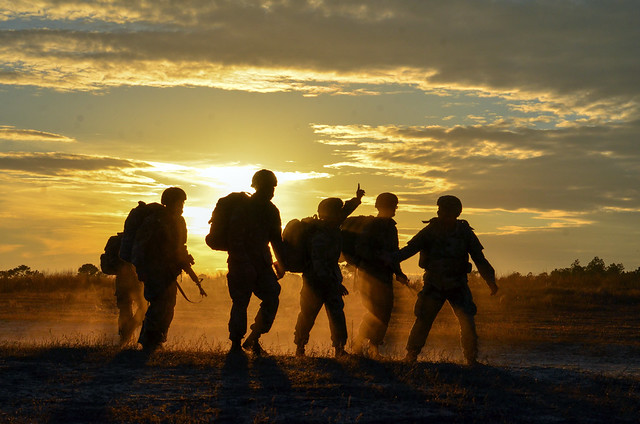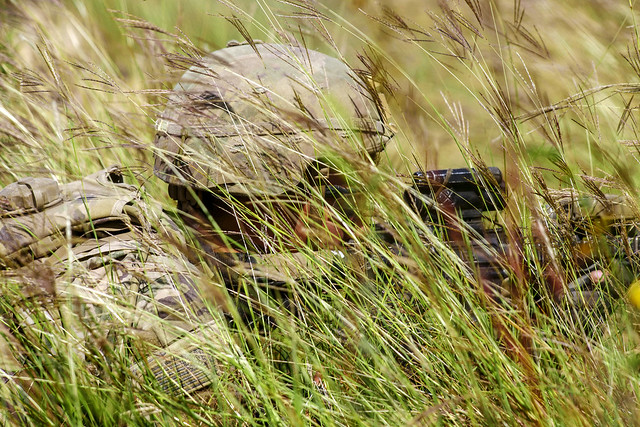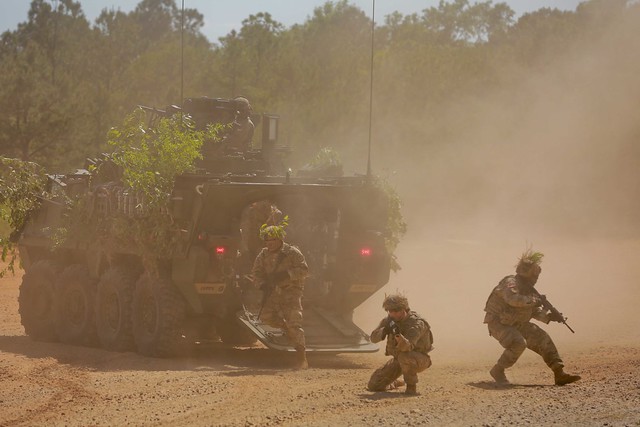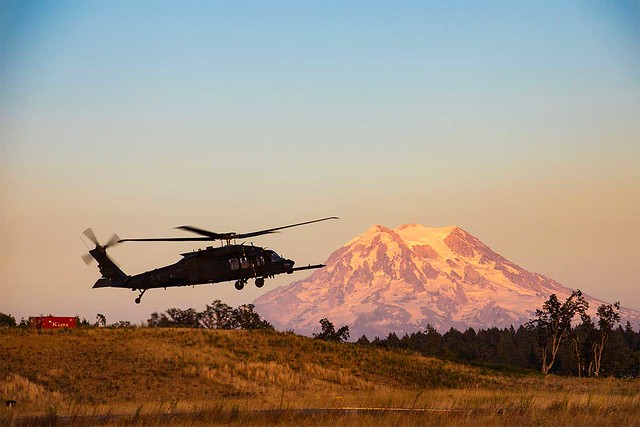The Army’s Natural Resource Program is the key to maintaining operational training lands for the long term sustainment and support of the soldier to train as they fight. By maintaining/conserving 13.8 M acres of lands/wetlands/waterbodies; managing species, recovering endangered, threatened and at-risk species, rehabilitating soil, managing forests, vegetation cover, ecosystems and reducing wildland fire risks, the Army NR program is supporting natural resources compliance in support of the training, testing and operational community. Through efforts of dedicated natural resources professionals, the Army has managed to avoid any regulatory litigation and manage Army lands in the most sustainable manner.
The Natural Resources Program has had significant successes in FY 2018: adding to the HQDA staff of a U.S. Fish and Wildlife Service Liaison and a Wildland Fire Specialist (temp/term); developing AR200-1 (in publication); effectively managing 254 species supporting training at 125 installations; conducting effective programs for NR Compliance and NEPA Actions; facilitating NEPA many installations for training and MILCON actions; responding to White House requests for Border-related Temporary Housing environmental permits/NEPA; coordinating in advance for a near future Army Environmental and Readiness Training Symposium; offsetting cuts in a SECARMY Deep Dive resulting in stable budget; Army NEPA Regulations GO-SES review for preparation to finalize; conducting Natural Resources Awards; conducting prescribed burning on X# of acres. These efforts support land management for operational use; integrated natural resources planning to increase flexibility in use of land and sustaining mission lands for future use.
Following on last year’s success in reducing military training mission restrictions on 326,000 acres of training lands on three major Army training installations – Fort Bragg NC, Fort Hood TX, and Fort Stewart GA –recovering three endangered species populations (Red-cockaded Woodpecker, Golden-cheeked Warbler, and Black-capped Vireo), the Army is continuing efforts across the nation for the top species impacting Army training to address recovery. The Army was able to avoid any and all designation of installation training lands as endangered species critical habitat due to the effectiveness of our Integrated Natural Resources Management Plans. Due in part to the Fort Hood’s efforts, US Fish and Wildlife Service delisted the Black-capped Vireo eliminating all training restrictions due to that species.
The Army/DoD’s Recovery and Partnership Initiative’s purpose is to develop and promote effective ecosystem and species conservation and recovery initiatives that will reduce or eliminate the need for federal protection and regulation under the Endangered Species Act (ESA). The goal is to provide for increased flexibility for military mission activities; facilitate decision making for species down-listing or de-listing where warranted through existing regulatory processes; identify and establish collaborative conservation initiatives to move species towards recovery and/or preclude the need to list additional species; and develop innovative regulatory approaches and tools for achieving ESA objectives in a manner consistent with military mission needs and objectives.
As Army looks toward training expansion areas, mission training requirements and future operational needs, the natural resources professionals are providing the advanced groundwork to maintain landscapes that can support training into the future.
Photo Gallery






